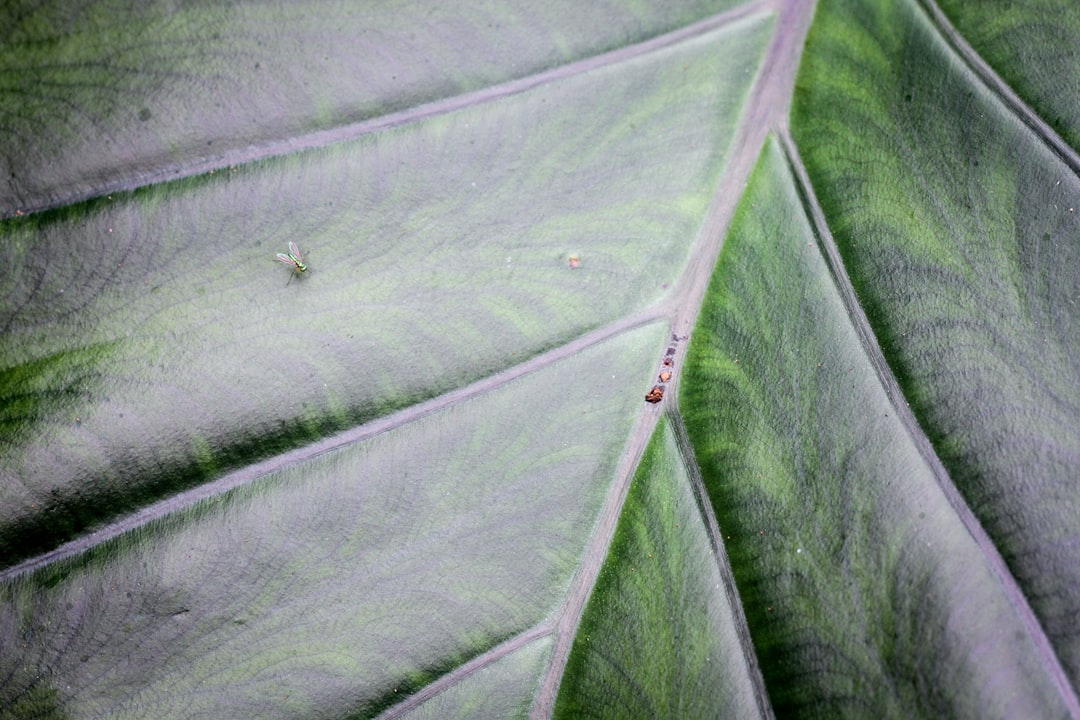The Enchanting World of Arborvitae: A Privacy - Loving Evergreen

Arborvitae, often referred to as the “tree of life”, is a remarkable slow - growing evergreen tree that has captured the hearts of gardeners around the world. With its dense foliage, it not only adds aesthetic appeal to any garden but also serves a practical purpose, often being grown for privacy. In this article, we will delve deep into the world of arborvitae, exploring how to grow and care for these magnificent plants.
### Understanding Arborvitae
Arborvitae belongs to the Thuja genus, which is part of the cypress family. There are several species of arborvitae, with Thuja occidentalis (American arborvitae) and Thuja plicata (western red cedar) being among the most popular. These trees are native to North America and are well - adapted to a variety of climates. They are known for their conical or columnar shape, which makes them ideal for hedges and privacy screens.
The foliage of arborvitae is scale - like and arranged in flat sprays. The color of the foliage can range from bright green to yellow - green, depending on the species and the growing conditions. In winter, some varieties may take on a bronze or brownish tint, but they usually regain their green color in the spring.
### Choosing the Right Location
One of the first steps in growing arborvitae is selecting the right location. Arborvitae thrives in full sun to partial shade. While they can tolerate some shade, they will grow best in areas that receive at least six hours of sunlight per day. The soil should be well - drained, fertile, and slightly acidic to neutral. Avoid planting arborvitae in areas prone to waterlogging, as this can lead to root rot.
When planting arborvitae for privacy, consider the mature size of the trees. Different species and cultivars can vary in height and spread. For example, some dwarf varieties may only reach a height of 3 - 4 feet, while others can grow up to 60 feet tall. Make sure to space the plants appropriately to allow for proper growth and air circulation. A general rule of thumb is to space the plants about 3 - 5 feet apart for a dense hedge.
### Planting Arborvitae
Once you have chosen the right location, it's time to plant your arborvitae. Start by digging a hole that is two to three times wider than the root ball of the plant and just as deep. Gently remove the plant from its container and loosen the roots if they are tightly bound. Place the plant in the hole, making sure that the top of the root ball is level with the surrounding soil.
Backfill the hole with soil, tamping it down gently to remove any air pockets. Water the plant thoroughly after planting to help settle the soil around the roots. Apply a layer of mulch around the base of the plant to help retain moisture and suppress weeds. Keep the mulch a few inches away from the trunk to prevent rot.
### Watering and Fertilizing
Proper watering is crucial for the health of arborvitae. Newly planted arborvitae should be watered regularly, especially during the first growing season. Water deeply to encourage the roots to grow deep into the soil. Once established, arborvitae are relatively drought - tolerant, but they will still benefit from occasional deep watering during dry periods.
Fertilizing arborvitae can help promote healthy growth. Apply a slow - release, balanced fertilizer in the spring, following the manufacturer's instructions. Avoid over - fertilizing, as this can lead to excessive growth and make the plants more susceptible to pests and diseases.
### Pruning and Maintenance
Pruning is an important part of arborvitae care. Regular pruning helps maintain the shape of the plants and encourages dense growth. The best time to prune arborvitae is in the late winter or early spring, before new growth begins. Use sharp, clean pruning shears to make clean cuts. Avoid pruning more than one - third of the plant's foliage at a time, as this can stress the plant.
Keep an eye out for pests and diseases that can affect arborvitae. Common pests include spider mites, bagworms, and aphids. Diseases such as cedar apple rust and needle blight can also be a problem. If you notice any signs of pests or diseases, take appropriate measures to control them, such as using insecticidal soaps or fungicides.
### Conclusion
Arborvitae is a wonderful addition to any garden. With its dense foliage, attractive shape, and privacy - providing capabilities, it is no wonder that these trees are so popular. By following the tips outlined in this article, you can successfully grow and care for arborvitae, enjoying their beauty and benefits for years to come.